Tuna exports in the first half of 2024 are expected to earn nearly half a billion USD
According to the Vietnam Association of Seafood Exporters and Producers, by the end of May 2024, tuna exports reached nearly 386 million USD, an increase of 22% over the same period in 2023. Of which, canned tuna products increased by 44%, bagged tuna increased by 24%, frozen loin/fillet tuna increased by 7% and frozen whole tuna increased nearly 3 times over the same period in 2023. It is expected that in the first half of this year, tuna exports will reach an estimated 457 million USD.
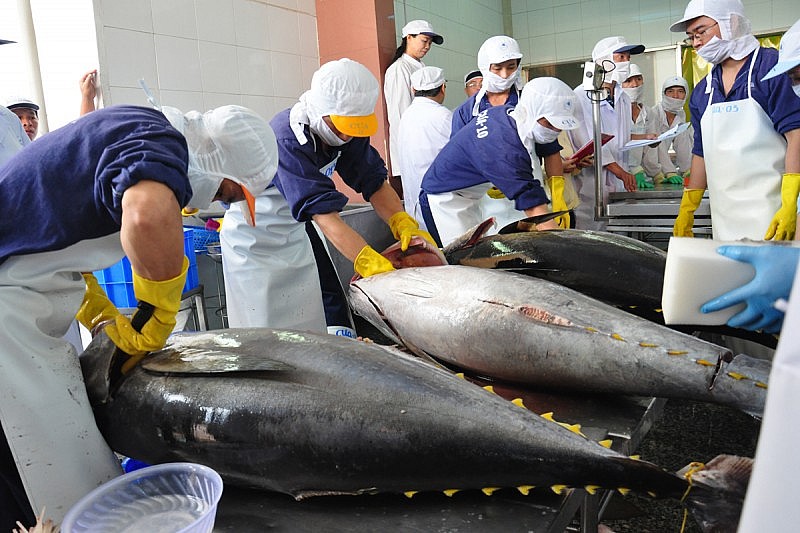 |
| By the end of May 2024, tuna exports reached nearly 388 million USD, an increase of 22% over the same period in 2023. |
Tuna exports to most markets increased compared to the same period in 2023. Of which, the two largest markets, the US and EU, accounted for 37% and 22% of Vietnam's tuna exports, respectively, and recorded growth of 30% and 37% compared to the same period in 2023. Tuna exports to Israel increased the most (+64%), to Russia increased by 58%, and to South Korea increased by 66%.
In the structure of tuna export value in recent years, more than 50% of the value is created from imported raw materials because domestic exploitation cannot meet the demand for export processing and is unstable.
However, according to Ms. Cao Thi Kim Lan - Director of Binh Dinh Seafood Joint Stock Company (BIDIFISCO), this industry is currently facing difficulties. Specifically, regarding domestically exploited raw materials, many businesses in the tuna industry have reported that it is really difficult to get a raw material certificate (S/C). Although businesses have increased work with contacts and checked carefully, they are still extremely nervous after finalizing the purchase of raw materials.
There are many reasons why businesses that purchase raw materials are not granted S/C due to some problems in the previous stages that are difficult for businesses to know clearly, such as the issue of confirming food safety conditions of fishing vessels or the issue of fishing vessels operating in illegal waters... Even though these fishing vessels are still allowed to go to sea to exploit normally, are inspected and allowed to dock normally.
Or a situation that has occurred in the past 2-3 months is that many fishing boats installed with VNPT network monitoring systems have had continuous errors, causing fishing boats to lose connection to monitoring their journeys for 6 hours or more, some boats losing up to 2-3 days - directly affecting the S/C paperwork of businesses.
Many shortcomings from Decree 37
Another issue mentioned by Ms. Cao Thi Kim Lan is Decree 37/2024, which was recently issued and took effect last month. However, businesses are extremely concerned and worried when they see that some regulations in Decree 37 are still inappropriate, unfeasible and will have negative impacts on the normal production and export of the tuna industry.
That is the regulation on the minimum size allowed to exploit skipjack tuna of 500 mm (half a meter) - is completely inconsistent with reality. Size 500 mm or more only accounts for an average of 5-7% in current skipjack tuna exploitation lots, the current normal international trade standard is much smaller, and especially no country has yet seen regulations prohibiting the exploitation of skipjack tuna smaller than 500 mm. The Western and Central Pacific Fisheries Commission (WCPFC) has also not had any reports or announcements that skipjack tuna is overexploited or regulations on exploitation based on size.
This regulation will force fishermen to change their nets to meet the required mesh size, fishing port management organizations to add the "fishing gear" criterion to the inspection of departure and arrival permits, and businesses will not have a source of skipjack tuna to purchase for export production.
Another issue is the regulation that "imported aquatic products with domestically exploited aquatic products must not be mixed in the same export shipment".
First of all, businesses do not see the definition of "mixing... in the same export batch" in relevant legal documents (from the Fisheries Law to Decree 37), so businesses in the tuna industry are very confused and bewildered at this point.
“We are not very clear about the purpose of management here, if it is to manage violations of the Anti-Illegal, Unreported and Unregulated Fishing ( Anti-IUU Fishing ) (not to swap or mix IUU-violating products), it will be very difficult when businesses have well controlled the origin and records of each type of raw material that does not violate IUU,” said Ms. Cao Thi Kim Lan.
In fact, in international import and export trade, combining containers (different cargo boxes) or mixing different types of products in one specific product is completely normal when businesses always have records and good control over each different type of product.
Ms. Cao Thi Kim Lan said that in the context of increasingly difficult requirements of import markets, Vietnam has recently issued a number of new regulations related to the management of imported raw materials. Typically, Decision No. 5523 signed on December 21, 2023 by the Ministry of Agriculture and Rural Development and Decree 37/2024 of the Government - including a number of new regulations and requirements related to the import of raw materials for processing and export to the EU market and the import of raw materials by container.
Enterprises understand that these regulations are to meet the requirements of state management as well as the requirements of the markets, and enterprises are very supportive and compliant. However, the new regulations have also had a significant impact on suppliers, causing fear of difficulty in meeting them when more requirements arise in terms of related documents such as: Requirements for certification content on H/C, requirements for C/C documents, exploitation licenses, declaration time before the ship arrives at the port, etc. Some countries and some suppliers have rejected these new requirements, which means we will lose our supply source.
Businesses expect authorities to be flexible in implementing new requirements, both to meet market demands and to avoid causing further difficulties for suppliers, to limit and prevent the raw material supply chain from "arriving" in Vietnam but shifting back to Thailand, returning to the period 10 years ago.
According to experts, 10 years ago, Vietnam ranked only 8th on the World Tuna Exporting Countries Ranking Map, but by 2023, Vietnam had become the 5th largest tuna exporting country in terms of turnover, after Thailand, Ecuador, Spain and China.
And a remarkable milestone is the record of 1 billion USD in tuna exports in 2022, showing the development potential of Vietnam's tuna processing and export industry. We have high-tech, experienced, skilled tuna processing factories - products with prestige in hundreds of markets.
The potential and room for the Vietnamese tuna industry is much greater if we make efforts to overcome internal challenges and solve difficulties with the attention and support of state management agencies. Exporting enterprises expect that, perhaps in 2024, Vietnamese tuna will have the opportunity to return to the 1 billion USD mark if the shortcomings in raw material issues are resolved.
Source: https://congthuong.vn/xuat-khau-ca-ngu-kho-ngoai-vuong-trong-326128.html



![[Photo] Readers line up to visit the photo exhibition and receive a special publication commemorating the 135th birthday of President Ho Chi Minh at Nhan Dan Newspaper](https://vphoto.vietnam.vn/thumb/1200x675/vietnam/resource/IMAGE/2025/5/17/85b3197fc6bd43e6a9ee4db15101005b)

![[Photo] Prime Minister Pham Minh Chinh chairs meeting on science and technology development](https://vphoto.vietnam.vn/thumb/1200x675/vietnam/resource/IMAGE/2025/5/17/ae80dd74c384439789b12013c738a045)
![[Photo] Nearly 3,000 students moved by stories about soldiers](https://vphoto.vietnam.vn/thumb/1200x675/vietnam/resource/IMAGE/2025/5/17/21da57c8241e42438b423eaa37215e0e)
![[Photo] More than 17,000 candidates participate in the 2025 SPT Competency Assessment Test of Hanoi National University of Education](https://vphoto.vietnam.vn/thumb/1200x675/vietnam/resource/IMAGE/2025/5/17/e538d9a1636c407cbb211b314e6303fd)



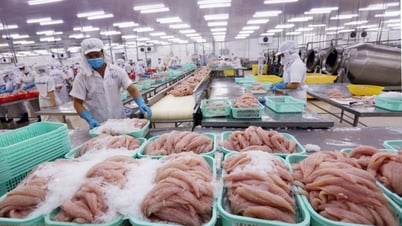

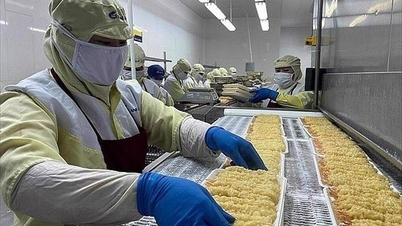

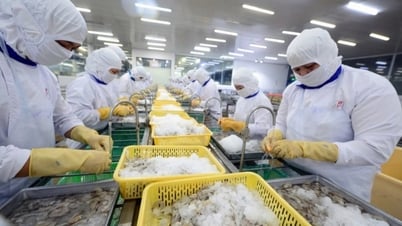

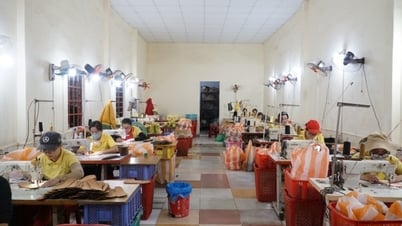










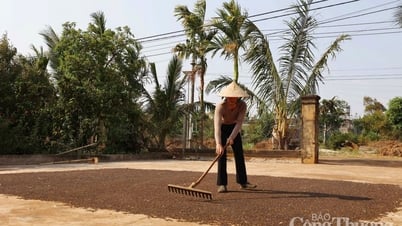
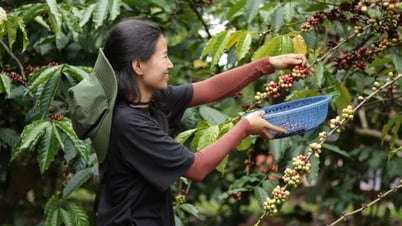













































































Comment (0)